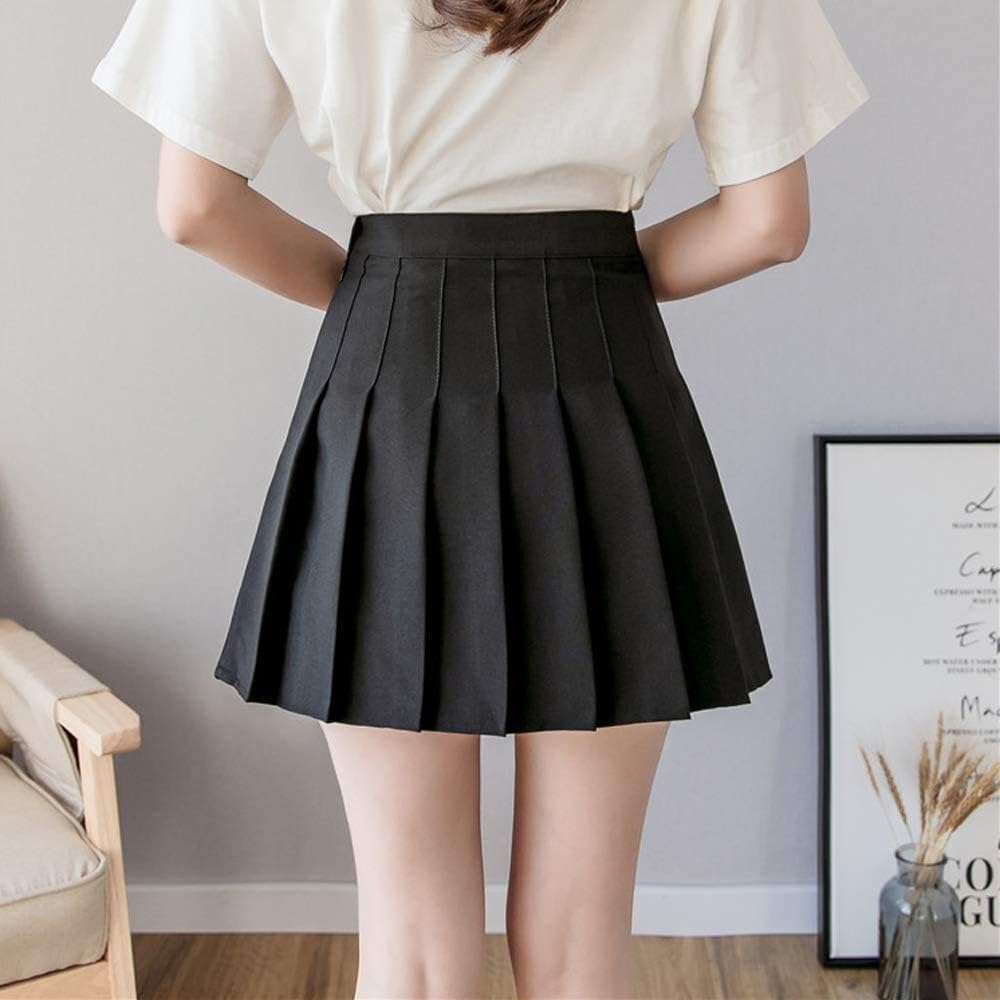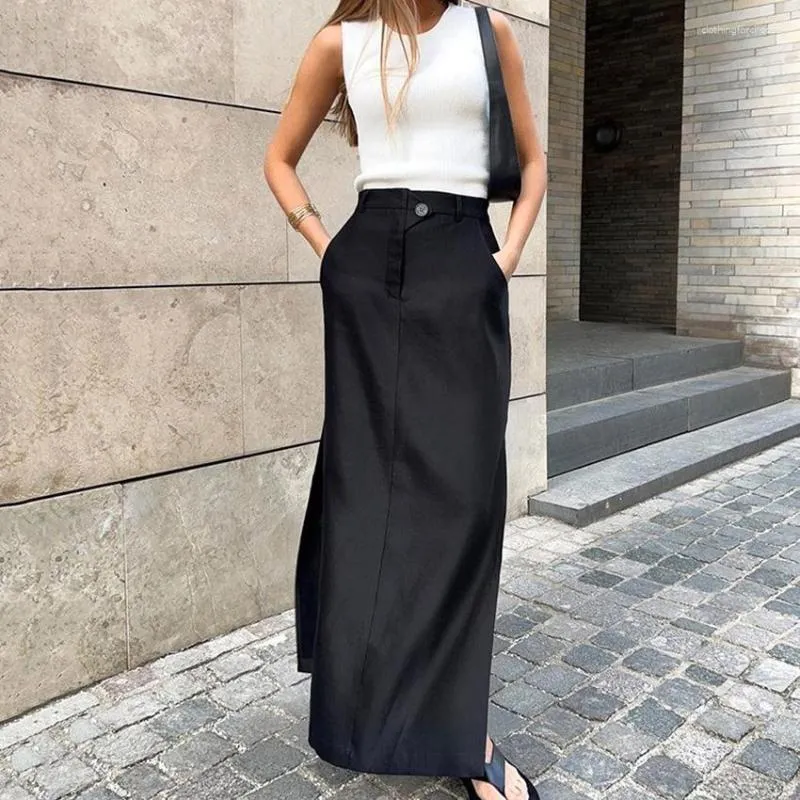Understanding Pleated Skirts
How to iron a pleated skirt starts with understanding the garment. Pleated skirts are a classic and elegant addition to any wardrobe. They feature multiple folds or pleats, which add texture and volume to the skirt. These pleats can be box pleats, knife pleats, or sunburst pleats, each offering a unique look and feel. The pleats are often carefully sewn to maintain their shape and provide a structured silhouette. Pleated skirts are popular for both casual and formal occasions, making them a versatile piece of clothing. However, maintaining the crisp and neat appearance of pleats requires proper care, especially when it comes to ironing.

Preparing Your Tools and Workspace
How to iron a pleated skirt involves preparing the right tools and workspace. Before you start, gather a few essential items: an iron, an ironing board, a clean cloth, and a spray bottle filled with water. Ensure that your ironing board is stable and placed on a flat surface. Clear the area of any clutter to avoid accidents. Set your iron to the appropriate temperature based on the fabric of your skirt. Most pleated skirts are made from materials like cotton, wool, or synthetic blends, each requiring a different heat setting. Refer to the care label on your skirt for specific instructions. Having a clean cloth handy can help protect the fabric from direct heat and prevent scorch marks.
Identifying the Fabric and Care Instructions
How to iron a pleated skirt begins with identifying the fabric and following care instructions. Check the care label on your skirt to determine the fabric type and recommended ironing settings. Cotton and linen pleated skirts can usually handle higher heat, while delicate fabrics like silk and chiffon require a lower heat setting. Synthetic blends may also need a lower heat setting to avoid melting or damaging the fabric. If the care label is unclear, it’s safer to start with a lower heat setting and gradually increase if needed. Always test a small, inconspicuous area first to ensure the fabric can handle the heat.
Pre-Treating Stains and Wrinkles
How to iron a pleated skirt includes pre-treating stains and wrinkles. Before ironing, inspect your skirt for any stains or stubborn wrinkles. Use a stain remover or a mixture of water and mild detergent to treat stains. Gently rub the solution into the fabric and allow it to sit for a few minutes before rinsing. For deep wrinkles, lightly spray the fabric with water using a spray bottle. This helps to relax the fibers and makes ironing easier. Be careful not to oversaturate the fabric, as excess water can cause water spots or damage delicate materials.

Ironing the Skirt in Sections
How to iron a pleated skirt effectively involves ironing the skirt in sections. Start by laying the skirt flat on the ironing board, smoothing out any wrinkles. Begin with the waistband and work your way down to the hem. Use a pressing cloth to protect the fabric from direct heat. Place the cloth over the section you are ironing and press the iron firmly but gently. Move the iron in a back-and-forth motion, applying even pressure. Pay special attention to the pleats, ensuring they remain crisp and aligned. If the pleats are stubborn, you can use a pleat board or a ruler to help maintain their shape.
Maintaining the Shape of the Pleats
How to iron a pleated skirt requires maintaining the shape of the pleats. After ironing each section, use a pleat board or a ruler to help keep the pleats in place. Gently press the pleats against the board or ruler to ensure they remain straight and even. If you don’t have a pleat board, you can use a flat surface and a book or a heavy object to weigh down the pleats. Allow the pleats to cool and set before moving to the next section. This step is crucial to maintain the integrity and appearance of the pleats, ensuring that your skirt looks neat and polished.

Final Touches and Storage
To effectively iron a pleated skirt, start by carefully preparing your workspace. Make sure you have an ironing board, your iron set to the appropriate heat for the fabric, and a pressing cloth on hand.
Begin by focusing on the pleats. Lay the skirt flat on the ironing board and gently press down on each pleat, ensuring you follow the existing folds. This technique helps to maintain the structure of the pleats while providing a crisp finish. Transitioning to the body of the skirt, move your iron in straight lines and avoid pressing too hard, as this could damage the fabric. If your skirt has delicate embellishments or sensitive fabric, remember to use the pressing cloth as a barrier between the iron and the garment.
Once you have ironed the entire skirt, take extra care during the final touches. Smooth out any remaining wrinkles and ensure that the pleats are aligned. Doing so not only enhances the appearance of the skirt but also reinforces its elegant silhouette.
After you finish ironing, hang the skirt on a padded hanger to prevent creases and maintain its shape. Padded hangers are particularly beneficial because they provide extra support, in contrast to wire hangers that can stretch the fabric or leave unsightly marks. As a next step, consider the storage of your pleated skirt. If you plan to store it, carefully fold the skirt and place it in a drawer or on a shelf. Using acid-free tissue paper between the folds helps separate the layers, effectively preventing color transfer and protecting the fabric from potential damage.
Finally, remember to keep your pleated skirt in a cool, dry place away from direct sunlight. This precaution will help preserve the quality and appearance of your skirt over time. By following these steps, you not only ensure your pleated skirt looks its best but also extend its lifespan in your wardrobe.
Tips for Maintaining Pleated Skirts
Ironing a pleated skirt is just one important aspect of maintaining these stylish garments. To extend the life of your pleated skirt, you should regularly care for it. Start by washing the skirt according to the care label instructions. Use a gentle cycle and cold water to prevent any shrinking or damage to the fabric.
After washing, hang the skirt to dry, or if you prefer, use a low-heat setting in the dryer. However, be careful not to over-dry the skirt, as excessive heat can cause the fabric to lose its shape, leading to unflattering results.
If you notice that the skirt has become wrinkled between wearings, consider using a steamer to remove the wrinkles instead of an iron. Steamers are generally gentler on fabric and effectively help maintain the shape of the pleats, allowing you to freshen up your skirt without the risk of scorching or flattening the pleats.
In addition to washing and steaming, remember to store your pleated skirt properly. Hanging it on a padded hanger can help preserve the pleats and prevent creases. By incorporating these care techniques, you will keep your pleated skirt looking sharp and stylish for many seasons to come. Overall, the key to maintaining your pleated skirt lies in gentle washing, appropriate drying methods, and careful steaming, all of which contribute to its longevity and visual appeal.



